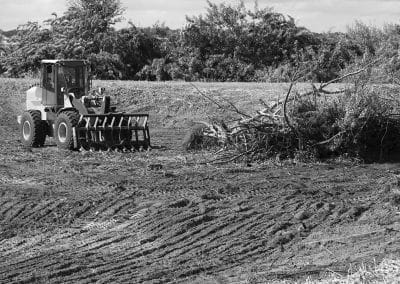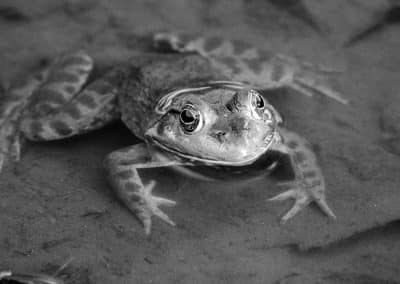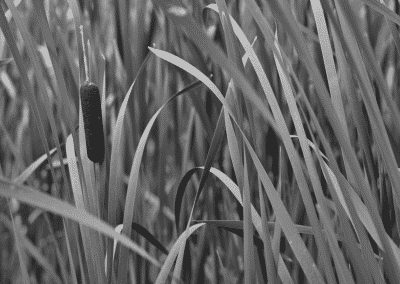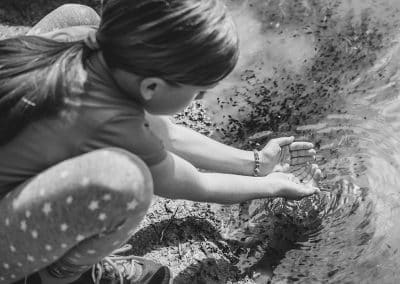Creating A Wetland
What Determines A Wetland?

Wetlands serve as transition zones between land and water where the flow of water (hydrology), the cycling of nutrients, and the energy of the sun produce a rich variety of plant and animal life. Wetlands are home to specially adapted water-loving plants and promote the development of characteristic wetland soils. Although wetlands are often wet, a wetland may not be wet year-round.
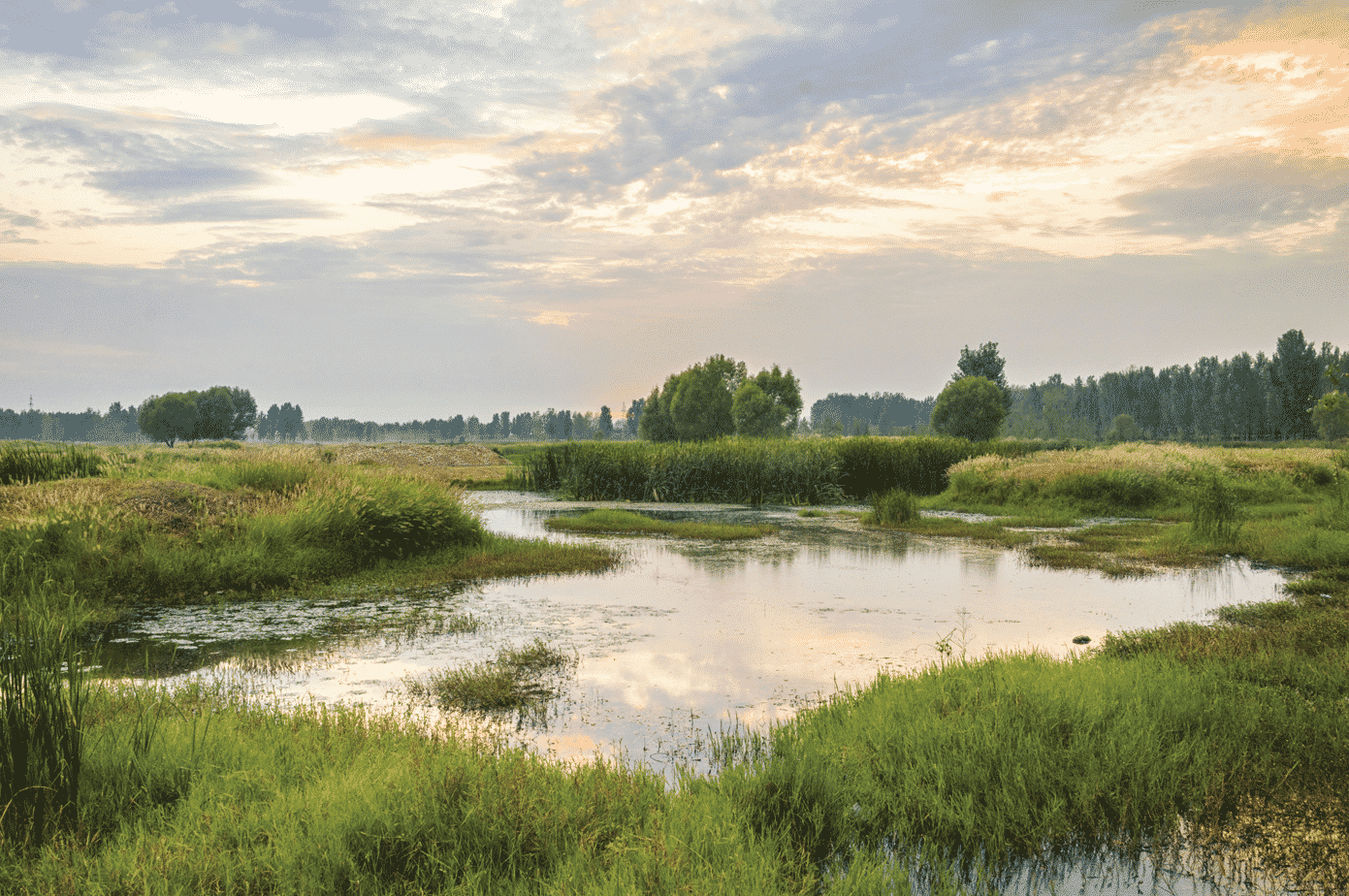
Why Create A Wetland?
Wetlands can be created for a variety of reasons. Most often “created wetlands” are developed as a result of a disturbance or destruction of a wetland elsewhere. If wetlands cannot be avoided during a construction activity, a permit from the PA, Department of Environmental Protection is required to mitigate the disturbance in another location. A created wetland is constructed to mimic the wetland that was lost and ideally is located in or very near the same watershed as the proposed disturbance. Wetlands are delicate ecosystems and aren’t easy to create and sustain. Avoidance of wetland areas and minimizing impacts should always be the first choice during construction.
Property owners may wish to create a wetland to increase wildlife habitat or for aesthetic reasons. A diverse and functioning wetland is considered an asset by many. Technical and monetary assistance may be available to help landowners in converting upland areas to wetlands.
What Do Wetlands Do?
Wetlands are an important part of our ecosystem and are a valuable natural resource. When it rains, stormwater runoff absorbs pollutants. Wetlands clean the water that flows through them, mitigate large flood events and recharge underground aquifers.
They also provide important habitat for many species of amphibians, reptiles, mammals and birds. Some of the species found in wetlands are the most unique in the world due to evolving to survive in this specific type of habitat.
An example of a plant that does well in a wetland habitat would be a Sycamore tree. The native habitat of the American Sycamore is the wetland and riparian zone, or the interface between land and a stream or river. It requires moist soil and uses a lot of water – this is why it lives primarily along rivers. Sycamores are adapted to tolerate waterlogged and anaerobic conditions.
Healthy wetlands are not uncontrolled breeding grounds for mosquitoes. Healthy wetlands sustain numerous species of mosquito-eating fish, amphibians, insects and birds, all of which help to limit mosquito populations.
Fun Facts
-
You can find wetlands on every continent except Antarctica.
-
Just one acre of wetland can store over 1 million gallons of floodwater! Multiply that by the number of wetland acres – that’s a LOT of water!
-
From the salty marshes of the Everglades to the inlets of the Dismal Swamp, the wetlands of the world illustrate both saltwater and freshwater characteristics, or even a combination of the two, known as ‘brackish.’
-
The National Wildlife Federation estimates that around 1/2 of endangered species that call the United States home depends on wetlands either directly or indirectly for survival; it seems mind-blowing to think about where we would be in terms of biodiversity if it weren’t for these plentiful arenas for wildlife.
%

